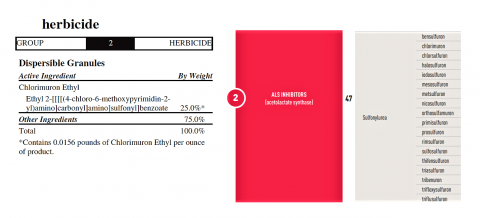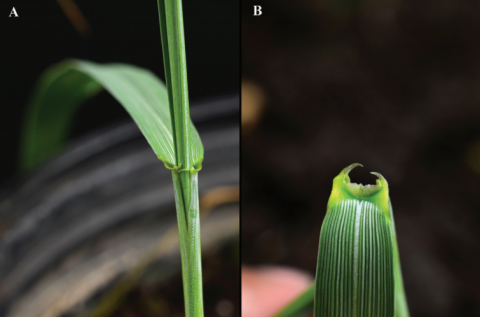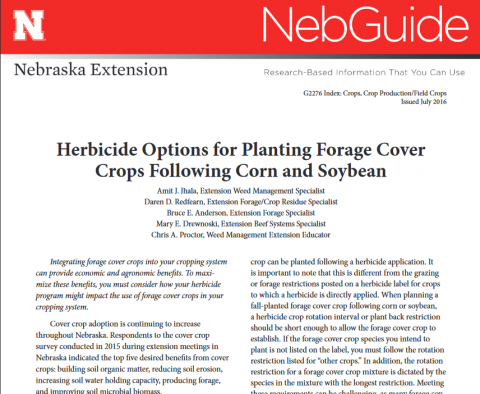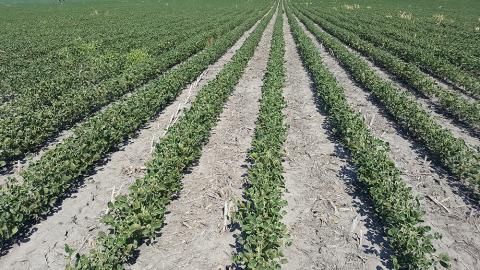Preplant Tillage to Manage Glyphosate-resistant Common Ragweed
February 13, 2018
Nebraska university weed scientists conducted research in 2017 to identify the effect of preplant tillage on weed emergence in an effort to develop an integrated weed management plan to control glyphosate-resistant weeds. Here's what they found.

What Should You Look For in a Herbicide Label
January 26, 2018
A herbicide label is a legal document providing important information about a herbicide, its appropriate use, and the precautions needed to avoid off-target movement and to protect environmental quality. It can also help you achieve the most efficient and sustainable application. Learn more about what to watch for on herbicide product labels.
Results of 2017 Survey on Nebraska Soybean Farmers’ Adoption of Xtend Technology and Off-Target Dicamba Movement
December 14, 2017
In summer 2017, 312 Nebraska farmers from 60 counties responded to a survey on their perception on dicamba use in Xtend soybeans. The survey asked about outcomes of applying dicamba in Xtend soybeans and perceived injury in non-Xtend soybeans.
Low Temperature and Frost May Affect Efficacy of Burndown Herbicides
November 9, 2017
In many areas fall herbicide applications were delayed due to the late harvest. Applications can still be effective, depending on weeds present, temperature, rate of herbicide and additives used. The article offers recommendations for these late-fall applications and their importance, particularly for control of herbicide-resistant marestail.
New Nebraska Resource on Identifying Grass Weeds in Crops
September 13, 2017
A new Nebraska Extension guide shows how to identify and differentiate various grass weeds common to Nebraska agronomic fields.
Review Herbicide Restrictions Before Planting Forage Cover Crops
September 8, 2017
Forage cover crops after corn or soybean have restrictive plant-back restrictions. These two Nebraska Extension resources offer further information on what to check before planting cover crops this fall.
Tell Us about Your Dicamba Use and Suspected Injury in Soybean
August 18, 2017
Nebraska Extension educators and specialists would like to hear from growers and agribusiness about their experiences with dicamba this season. Information can be shared via an online survey or by contacting them directly with the email provided.
Dicamba Injury Reports Rise in Nebraska
July 18, 2017
Reports of suspected dicamba injury to soybean and other sensitive crops are increasing. The author reviews application windows for dicamba in corn, a possible area of concern, and outlines what growers can do if they suspect dicamba injury in their fields.







